Data and Collaboration are the Key to Preserving Higher Ed’s Hard-Fought Equity Gains
Diverse: Issues in Higher Education
NOVEMBER 30, 2022
Since the mid-1970s, the Latino college student population has increased fivefold, with one out of every five college students being Latino by 2017. Over the last four decades, Latino and African-American students were among the fastest-growing demographics in higher education. During the same 40-year period, Black enrollment doubled.

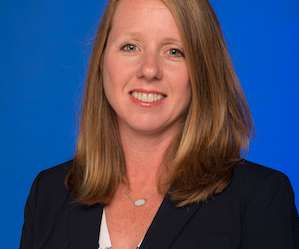


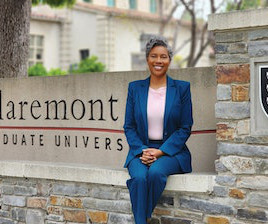


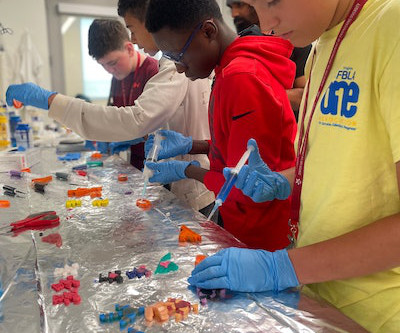
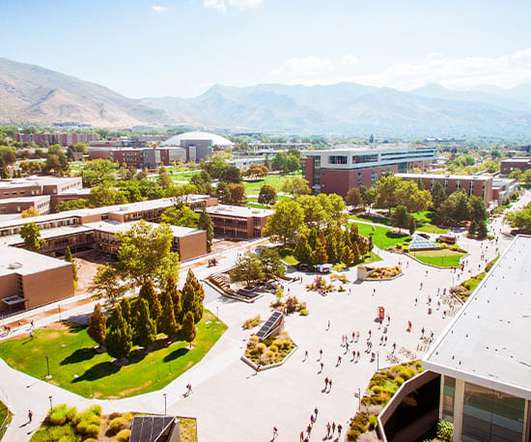


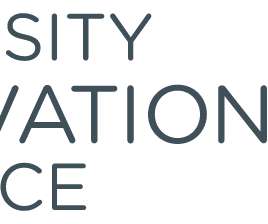
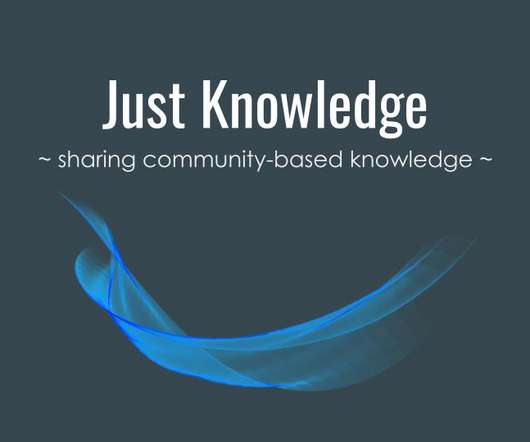



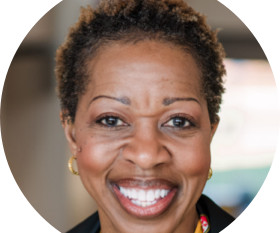
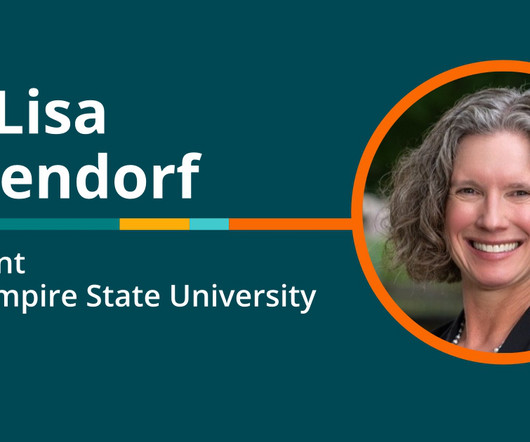







Let's personalize your content